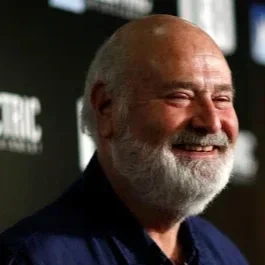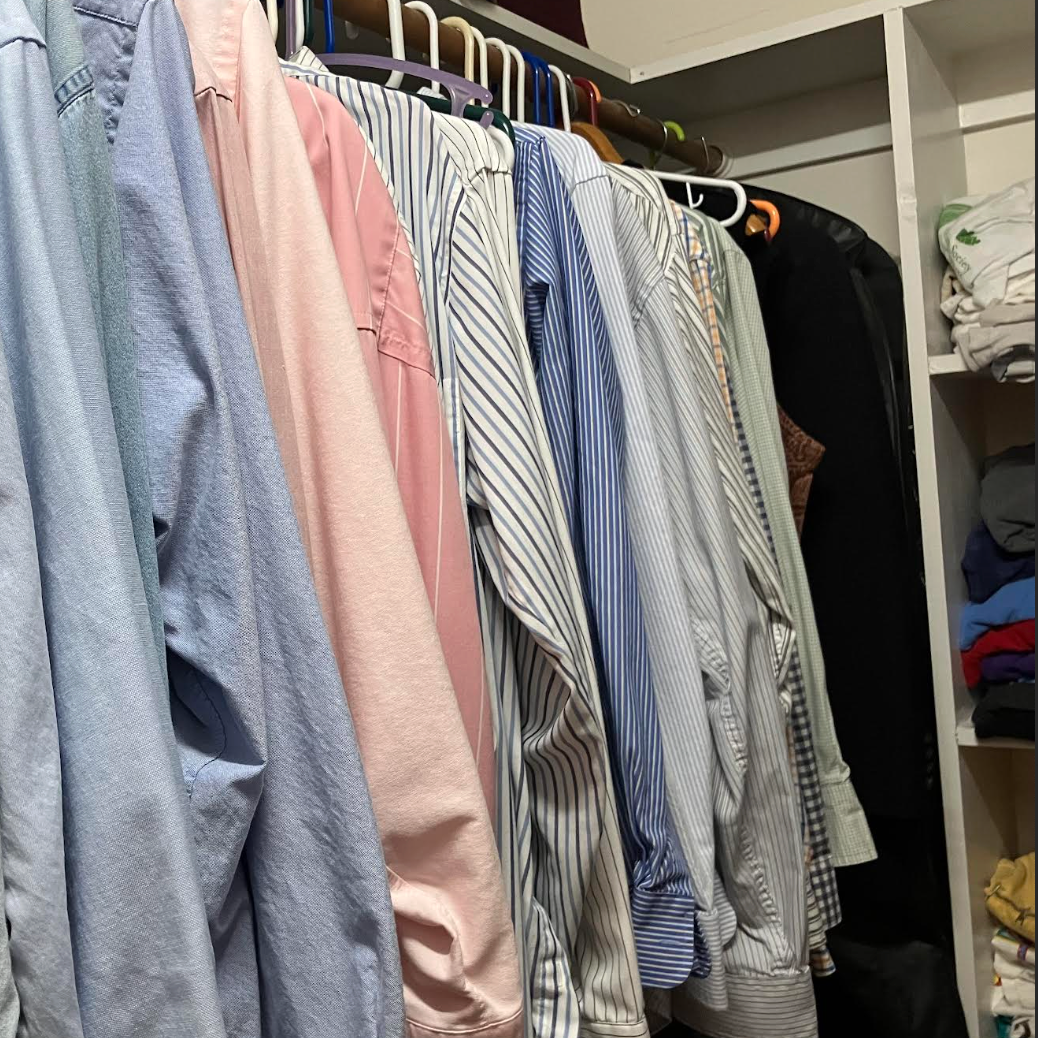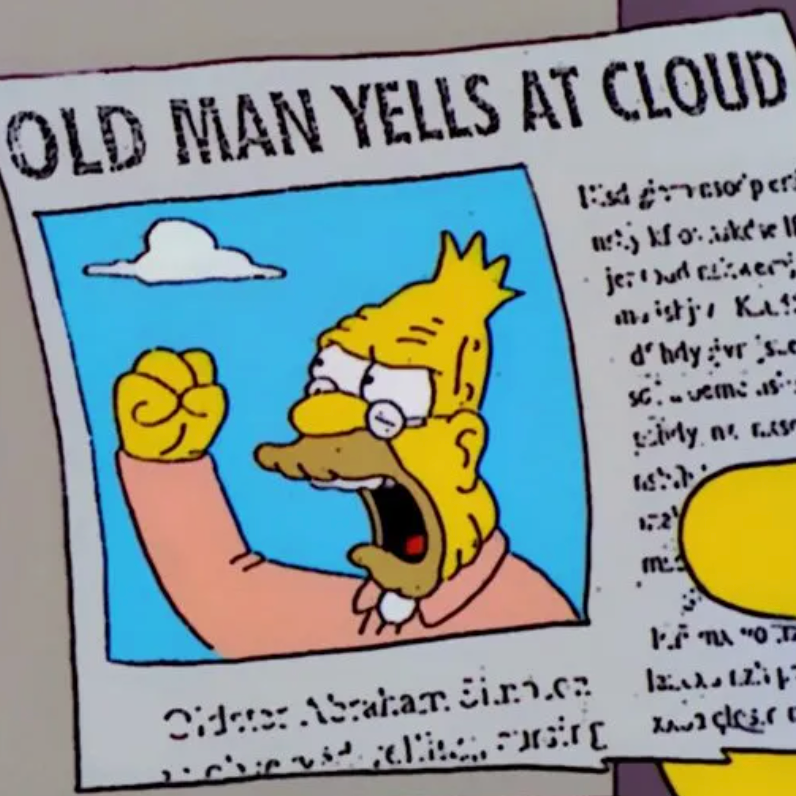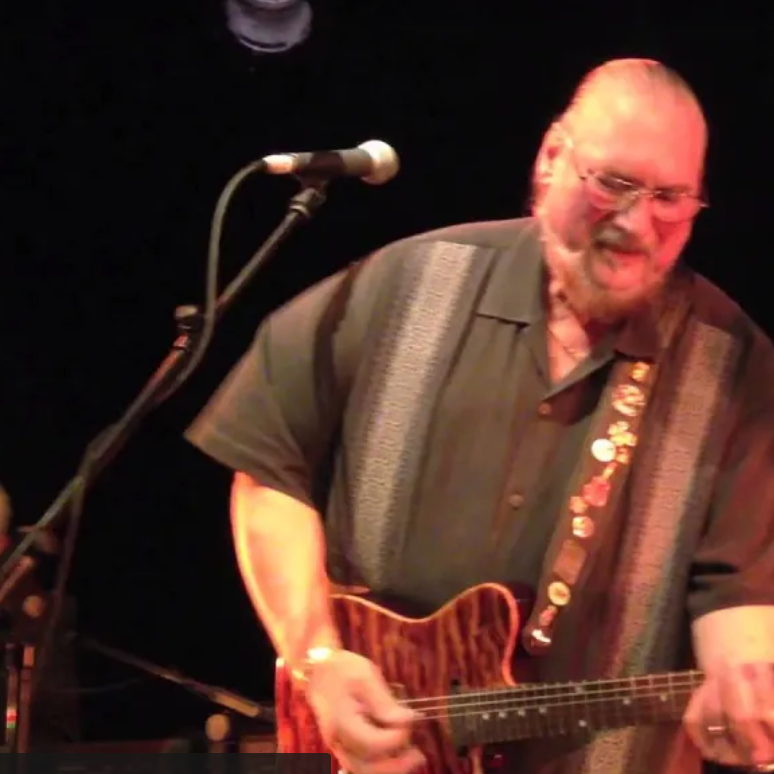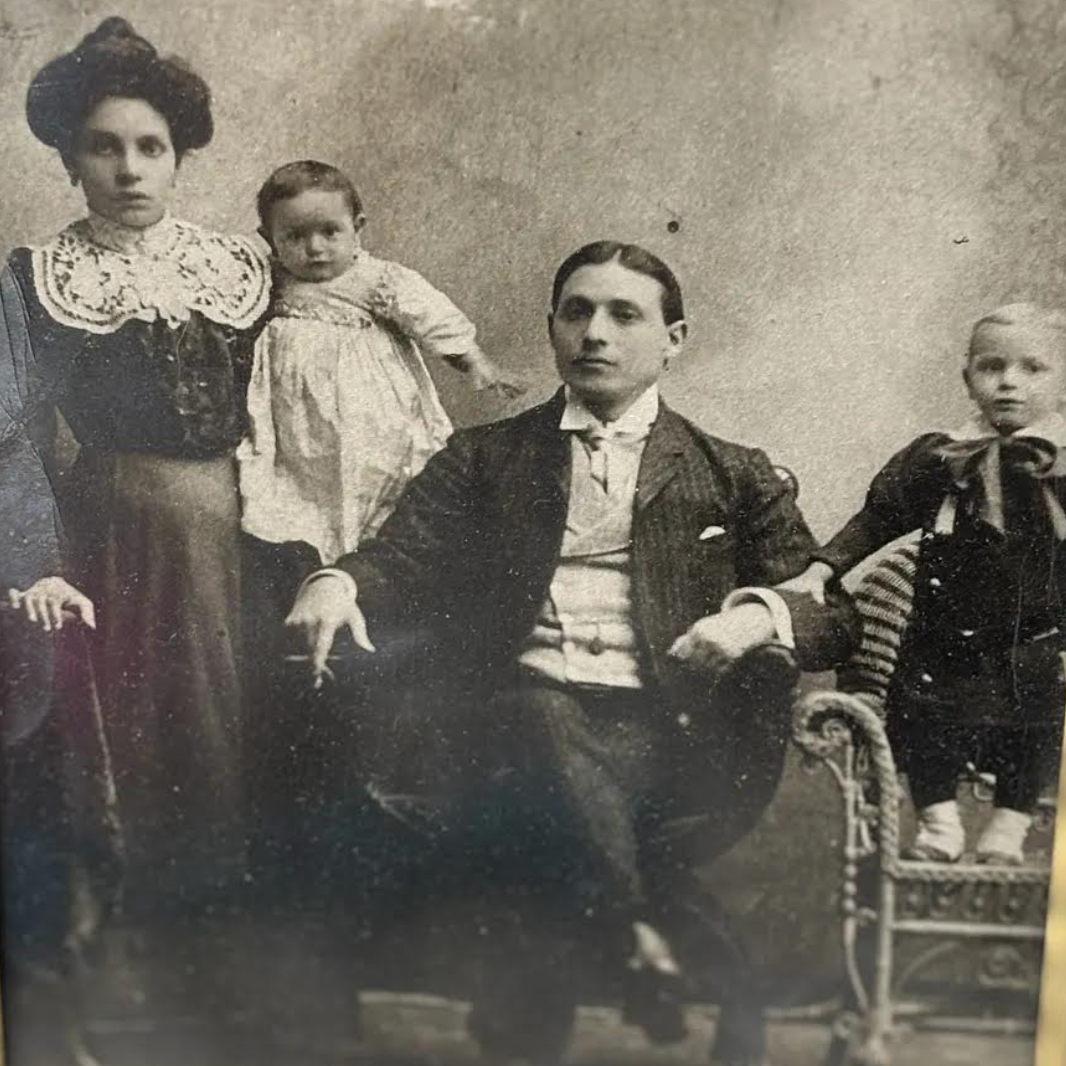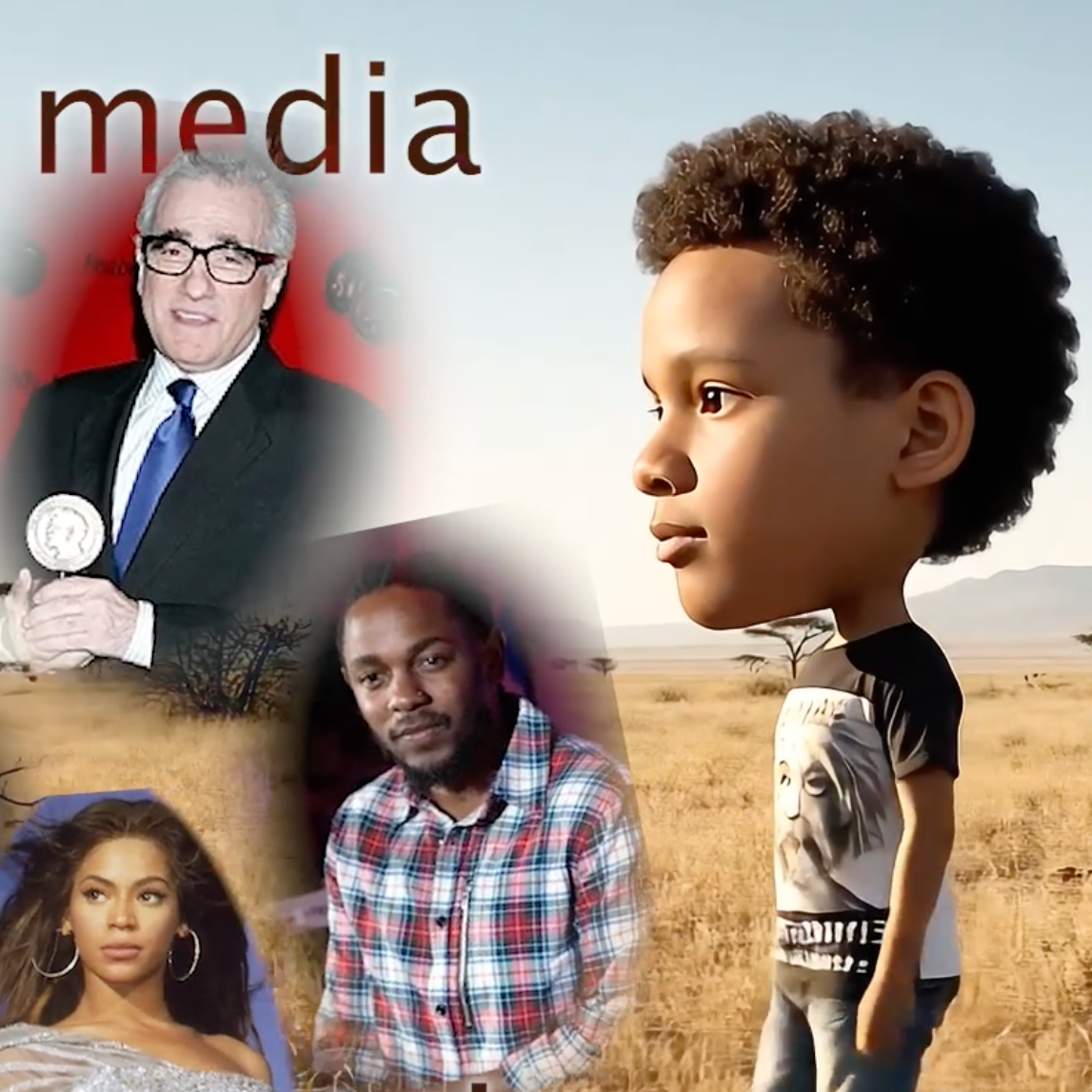On Deterioration
Status report on my body:
Right shoulder — painful when lifting or reaching; likely partially torn rotator cuff.
Left foot and leg — regular numbness and weakness; possible nerve impingement.
Lower back and right hip — frequent, occasionally severe, stiffness with deteriorated spinal vertebrae; MRI needed.
Ears — profound hearing loss in right ear; hearing aids on the way.
Throat — voice hoarse more often than not.
Heart, left anterior descending artery — blocked; stent implanted; recovery continuing.
If it seems like it’s one thing after another, it’s because it is indeed one thing after another. That’s the deal when you get old. . . .
Profiting off the Presidency
This is an excerpt from a longer list of Trump’s corrupt profiting published in The Contrarian and written by Norman Eisen, and Gabriel Lezra. We urge you to read the entire piece there.
No president in American history has profited off the presidency the way Donald Trump has—and it’s not close.
1. Trump’s Qatari Boeing
In May, Qatar presented Trump and his administration with a $400 million Boeing 747, ostensibly to use as Air Force One—a present reportedly worth more than all foreign gifts bestowed on all former American presidents combined. As my colleagues and I noted in a legal complaint, the Trump administration is apparently illegally transferring the nearly $1 billion from a nuclear weapons program at the Defense Department to retrofit the jet, a gross mismanagement of key federal funds. And it will barely have time in the air before Trump’s term ends and it gets “donated” to Trump’s presidential library for his continued use. . . .
An Obscene Response to a Tragedy
Betcha it sucks to be a Trumplican right now—or at least one with a still-functioning frontal lobe. After all, now you have to defend this shit.
The Orange Pustule's obscene, unhinged—and fundamentally callous and cruel—screed following the murder of Rob Reiner and his wife probably is the worst thing this monster ever has said in public as president.
No need for me to re-post; it's all over the #!@%!! internet. And it says a lot that when I first read those heinous words, I assumed they were written by some anti-Trump troll bent on tasteless mischief.
Silly me. For there it was, up on Truth Social, with Trump himself proudly owning his words like a toddler on the toilet for the first time proudly holding up his turd for all to see. …
Ten Ways Everything Truly Does Suck
I tend to be a relatively cheery fellow, but some important things have very much not been going our way. To wit:
10. All that intolerant religious stuff: folks not known for turning cheeks or loving enemies imposing their own views of abortion or morality on the rest of us.
9. Alcohol has really—and this sure looks like one they are not going to change their minds about—turned out to be bad for you, even that one modest glass of wine you were thinking of sipping this evening.
8.Rock ‘n’ roll has finally and conclusively proven not to have been here to stay. It grew. It peaked as an explosive force in the culture with soul music, the Beatles, Dylan, the Stones and, maybe, punk. But by the standard to which so many 20th-century artists in all genres subscribed—those not busy doing something new are busy dying—rock began rolling over and playing dead well before the turn of the century. Tell Bruce Springsteen the news. . . .
Against the Smartphone: A Rebuttal to a Rebuttal
The smartphone is not just another new technology, just like the atomic bomb wasn’t simply another new weapon of war. The device we always have at arm’s length is a quantum change, an innovation that has not just altered how we encounter information but how we process it and also how we live and how we think. And the data—perhaps preliminary but nevertheless striking—suggests those changes are profound, profoundly negative and probably irreversible.
I believe that’s true even though my friend and colleague Mitch Stephens doesn’t think so.
In a recent post on this site, Mitch argued that what he sees as a panic over our current obsession with smartphones and new screen-based technology is overwrought and ahistorical. He took particular aim at a previous post here, an excerpt from a column by the journalist James Marriott, who saw the smartphone as evidence of a “post-literate world … characterized by simplicity, ignorance and stagnation.” . . .
“Bob dylan is a Liberal”
Bob Dylan is a liberal. His liberalism is captured in the line, “He not busy being born is busy dying.” I hope he’s immortal, but if anything is on his epigraph, that would be a good candidate.
The notion of self-invention, of freedom, is central to basically everything. His refusal to keep singing the same song — you can hear him talking about it in some of the interviews. He said, “I could do that. I could just do that forever. I knew how they’d react.” He said, “What’s that about?” He said, “I needed to do something else.” But of course, the line, “I needed to do something else” — that’s my line. How he would put it would be much more vivid and surprising than that.
His “Like a Rolling Stone” is an anthem of freedom. . . .
This excerpt from a conversation with the tremendously accomplished Harvard economist, Cass Sunstein, is from Tyler Cowan’s website, Marginal Revolution.
Mr. Potter and Donald Trump
Pope Leo recently said his favorite movie of all time was “It’s a Wonderful Life.”
Mine too. I first watched it when I was a kid in the early 1950s. For years, it was shown the week before Christmas. I loved it. Still do.
The pope’s and my favorite movie has a lot to tell us about where America is right now, and the scourge of Donald Trump.
If you don’t already know it, the central conflict in the movie is between Mr. Potter (played by Lionel Barrymore) and George Bailey (Jimmy Stewart).
Potter is a greedy, cruel banker. In his Social Darwinist view of America, people compete with one another for scarce resources. Those who succeed deserve to win because they’ve outrun everyone else in that competitive race.
Potter, in other words, is Trump. . . .
(This is an excerpt from Robert Reich’s important Substack. We urge you to read the entire story there.)
fURTHER reading about Our Generation
Here’s some of what we have seen recently that might be of particular interest to our generation. (Apologies for any pay walls.) Send us what you have seen at WritingAboutOurGeneration@gmail.com.
How to Fix a Typewriter and Your Life, Kurt Streeter, New York Times, Nov. 20, 2025
Turns Out Fighting Fascism Helps You Live Longer, Julia Métraux, Mother Jones, Nov. 26, 2025
Is Full-Fat Dairy Healthier? Caroline Hopkins Legaspi, New York Times, Nov. 17, 2025
Superman copy found in mum's attic is most valuable comic ever at $9.12m, Grace Eliza Goodwin, BBC, Nov. 21, 2025
How Baby Boomers Became the ‘Wealthiest Generation That Ever Lived’, Adam Hardy, Money, Oct. 4, 2024
Why Greece is now the world’s best place to retire, Maureen O’Hare, CNN, Dec. 1, 2025
How to Live to 100, According to Dick Van Dyke, Jancee Dunn, New York Times, Nov. 28, 2025
Growing Up Never Ends . . . Until We Die
The other night we were at a dinner party with our two teenage grandgirls. We were playing Jeopardy with 30 people in five teams. I was on a different team than my husband, Rick.
When a question came up about a 1950s hair style I buzzed in and yelled out “Ducks Ass.” My husband across the room did not hear me and he buzzed in and yelled out “Duck’s Ass.” It was the wrong answer and both teams lost 800 points.
My exasperated grandgirl turned to her grandfather and said “Pappy, Doo Doo already said Duck’s Ass,” and then she addressed the entire group, trying to explain or seeking redemption, yelling “but my grandparents are elderly.” . . .
On the Non-Appearance of God
In 2014 I published a history of atheism, Imagine There’s No Heaven: How Atheism Helped Create the Modern World (Palgrave Macmillan). And I remain fascinated with the fact that God has so often been conspicuous in His absence. So I put together a list of some of the most important moments in which He proved a no show and handed them over to GPT 5, which now claims sufficient familiarity with my style to be able to craft an essay in “a wry, amused, idea-forward Stephens tone.” (I like “idea forward.”) Here is the result: idea entirely mine, examples all mine, most of the actually wordings the AI’s, and style intended to be mine—though probably even more “wry” and “amused” than I might have managed. And now I can spend the rest of the morning reading the news or going for a walk or whatever we humans are supposed to do in this AI-ified world..
God is wonderfully real in the early pages of Genesis. Not metaphorically real, not “felt in the heart” real—really real. He walks, He talks, He strolls through the garden in the evening breeze like a homeowner checking the irrigation system. [Note: this was the worst of the AI’s wordings.] He behaves more like a Mesopotamian super-being than an ineffable First Cause. . . .
Cleaning Out the Closet
It’s a big closet, a walk-in, my stuff on the left, my wife’s stuff on the right. The top rail of my stuff is long-sleeved dress shirts, ties, sports jackets and suits. The bottom rail is short-sleeved dress shirts and pants, not including the two pairs of jeans I actually wear, which are in the bedroom hanging from the clothes tree.
I haven’t worn the dress shirts or the ties or the sports jackets or the suits or the regular pants in . . . I don’t know how long. These were clothes I had accumulated over the years, clothes I wore when I had a job to go to, clothes I wore when there were occasions to wear such clothes. But I no longer have a job to go to. I also don’t have many reasonably fancy occasions to dress up or at least dress a little better than my now common everyday uniform of t-shirt (short-sleeved in the summer; long-sleeved in the colder weather) and jeans or shorts. . . .
The Essential Steve Cropper
One of the greatest guitarists in the heyday of American soul music and R&B was a white guy who grew up in segregated Memphis, Tennessee.
Steve Cropper, who died this past week at the age of 84, was an essential musician and songwriter behind the emergence of the Stax/Volt record label, which brought Otis Redding, Sam & Dave and many others to the forefront of American pop music. Later in his career, Cropper had his greatest financial success as a guitarist in the Blues Brothers Band, fronted by John Belushi and Dan Aykroyd of “Saturday Night Live” fame. . . .
His brain is turning to SH*t
After criticizing media coverage about him aging in office, Trump appeared to be falling asleep during a Cabinet meeting at the White House on Tuesday.
But that’s hardly the most troubling aspect of his aging.
In the last few weeks, Trump’s insults, tantrums, and threats have exploded.
To Nancy Cordes, CBS’s White House correspondent, he said: “Are you stupid? Are you a stupid person? You’re just asking questions because you’re a stupid person.”
About New York Times correspondent Katie Rogers: “third rate … ugly, both inside and out.”
To Bloomberg White House correspondent Catherine Lucey: “Quiet. Quiet, piggy.”
About Democratic lawmakers who told military members to defy illegal orders: guilty of “sedition … punishable by DEATH.”
This is an excerpt from Robert Reich’s substack. We suggest that you read the whole piece there.
Steve Cropper: “Knock on Wood”
The remarkable guitarist Steve Cropper—who died this week—co-wrote “Dock of the Bay” with Otis Redding, “Midnight Hour” with Wilson Pickett and “Knock On Wood” with Eddie Floyd.
Click here for a recent version of “Knock on Wood” with Steve Cropper on guitar.
I Finally Met My Nonna
I never knew my paternal grandmother and barely knew, and didn’t much like, my grandfather, but here I was at the house where they lived as young marrieds in Sicily—and my eyes were filled with tears.
What had begun months before as an almost academic quest on Ancestry.com [see “We Went on a Roots Pilgrimage” for a different perspective on the quest] had turned into an emotional revelation.
My dad was born in the states, the youngest of six siblings. He was only two when his mother died of tuberculosis, so he had no memories of her. Strangely enough, my aunts and uncle never talked about her either, even though they would have been old enough to remember their mother.
So, I didn’t grow up hearing stories of my nonna or of the old country. Only my dad’s oldest sibling was born in Sicily, and he was just a baby when they left in 1902. . . .
Big Head: A Theory of Media
A short video—a fable, actually—set in the African savannah that argues for a particular understanding of the purpose of media: from the new Taylor Swift album to a novel by Virginia Woolf to the Times crossword puzzle. It employs some still-primitive AI animation.
The Importance of Decency
“Either we all live in a decent world, or nobody does,” wrote George Orwell. It’s from his essay, “The Lion and the Unicorn,” which was a prose-poem in some ways to the quiet virtues of his native England. It so affected me that I actually remember the moment I was reading it. I was a 13 year old on the top deck of a double-decker bus, the windows opaque with condensation, the air thick with cigarette smoke, the skies dark outside, rain falling steadily, making my way home from school.
Decency. This was Orwell’s deep theme . . . Orwell saw it primarily in ordinary people, especially the English, and rarer among intellectuals: “It is not easy to crash your way into the literary intelligentsia if you happen to be a decent human being” . . .
This is an excerpt from Andrew Sullivan’s Substack. We urge you to read the whole piece there.
Will AI Be Considered Conscious
The argument in favor: People love treating things as conscious. . . . People are already personifying AI! Half of the youth have a GPT-4o boyfriend. . . .
The argument against: . . . AI companies have an incentive to make AIs that seem conscious and humanlike, insofar as people will feel more comfortable interacting with them. But they have an opposite incentive to make AIs that don’t seem too conscious and humanlike, lest customers start feeling uncomfortable (I just want to generate slop, not navigate an independent being with its own hopes and dreams who might be secretly judging my prompts). . . .
For Your Holiday Table
In honor of the holiday, we’re delighted to reprint our favorite Thanksgiving recipe, a classic dish for this perilous, querulous era.
***
Ingredients
35 years of family squabbles, still stewing
1 gallon of raw anger
1/2 gallon of steaming rage
1 pint of unadulterated guilt
2 quarts of mild frustration
6 cups of exasperation
2 pints of low-fat antagonism
3 pounds of constant complaining
4 ounces of raw milk, spilled
2 ounces of crying, over spilled milk
3 tablespoons of minced irritation (or use a dollop of spite).
2 teaspoons of annoyance extract
½ teaspoon of bad timing
¼ teaspoon of touchiness
A sprinkle of irritation
A dash of accusation
A hint of reproach
A splash of annoyance
A pinch of reality
A dusting of growing dissatisfaction …
(More of) What’s Really Annoying
It turns out there are considerably more than ten annoying things about modern life today. In fact, there are at least these ten more:
10: Weather apps that predict a “a 5-percent chance of precipitation” or say “light rain is expected to start in 43 minutes” as you walk outside into an already howling monsoon.
9: The sticky residue left behind after you try to peel the price tag off anything, leaving you with a half-torn label that will never ever come off no matter how much you rub and scrub.
8: Traffic lights that stay red for so long and then, just at the moment you look away for one second to adjust the radio, the light turns green and the car behind you honks like you’ve committed a felony.
7: Restaurant waiters who suddenly come over to your table to ask how everything is precisely when your mouth is filled with 14 cubic inches of eggplant parmigiana and you can only respond with a thumbs-up while trying not to choke. . . .




